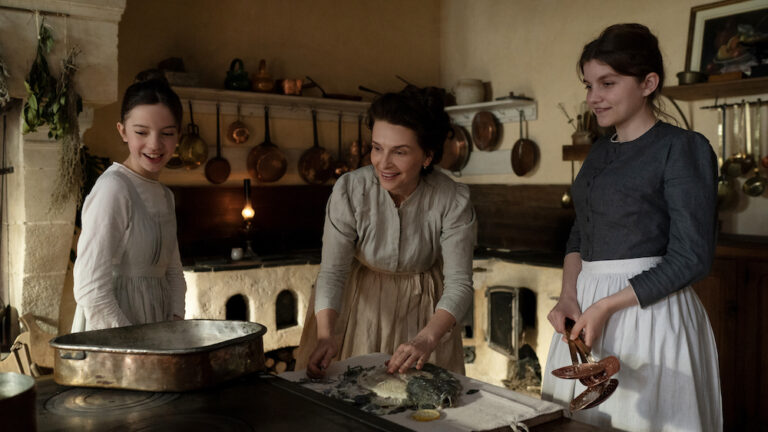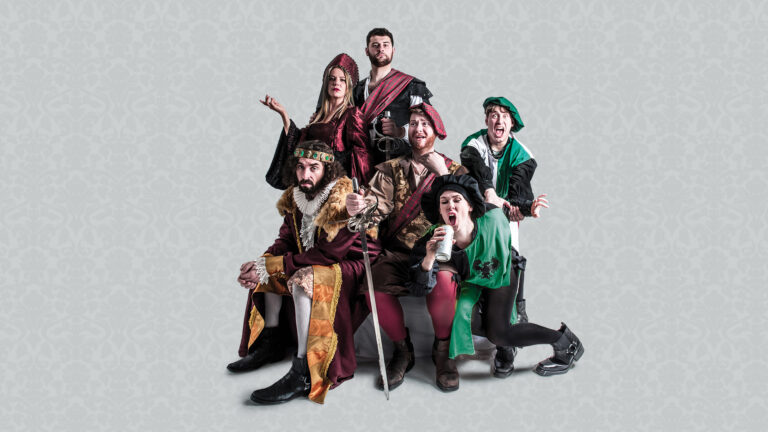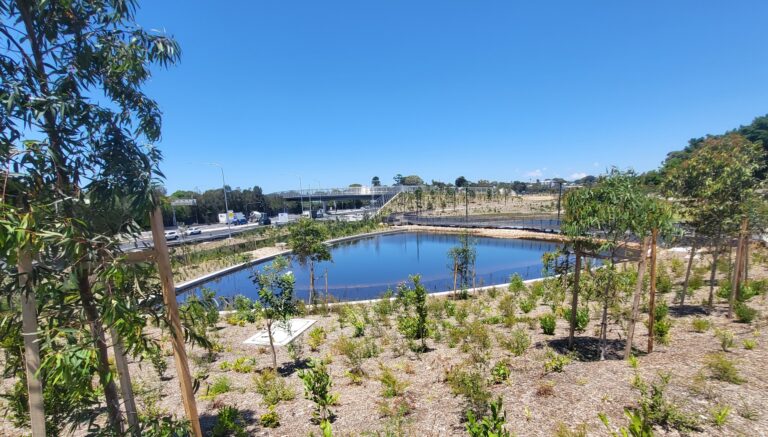
Australia’s original hippie fest: Nimbin Festival celebrates 50 years

Image: 2023 Nimbin Festival organisers (l) Graeme Dunstan (r) Johnny Allen. Photo: Supplied.
By JOHN MOYLE
When the Fifth Dimension heralded a new age with the song ‘Age of Aquarius’ from the musical ‘Hair’ it was not too long before Australia had its own contribution; the Nimbin Aquarius Festival.
Lasting a week longer than Woodstock, the Nimbin Festival had a totally different focus from the music festivals before it.
Instead of a centre stage for music, a whole town became the stage in which events happened, sometimes planned and at other times totally spontaneously, with the focus always on creative thinking and sustainability.

And now many of the original participants are back from May 12 -21 to celebrate 50 years since coming together on a greenfield site in 1973, and to look back at those passed while planning for the next 50 years.
“We were at the front of the counter culture at the time, but there were many people, millions of us, because it was a global phenomena, a youth culture, and we hadn’t seen this before,” Graeme Dunstan, festival co-director with Johnny Allen.
“The global movement had things like the womens’ movement, land rights and gay liberation, informed by books such as Richard Neville’s “PlayPower”. Germaine Greer’s “Female Eunuch and Dennis Altman’s ‘Homosexual Oppression and Liberation,” Allen said.
The Aquarius Foundation was the cultural arm of the Australian Union of Students, with a charter to establish a cultural foundation to bring culture to the campuses and to organise a bi-annual event.
There had been three previous festivals, all campus based, and the newly appointed directors Allen and Dunstan were determined to do something different.
“We went for a lifestyle festival with radical roots, and with the idea that we would establish a commune for permanent living, and we tried to pioneer a new kind of festival that was going to meet the needs of the people,” Allen said.
“The climate was for change.”
The search for the festival site covered much of Northern Rivers area of NSW, until they found the dwindling dairy community of Nimbin.
“We went to the town and asked for the show ground, and they put it to a town meeting and we got near unanimous support,” Dunstan said.
“Because of that support we didn’t have to put in DAs and the health inspector and the engineer were onside and helping to solve the problems.
“We were going to recycle the town.”
Nimbin Festival’s origins trace back to local artists

With a shoestring and fluid budget Allen and Dunstan started to put a program together of local artists including The White Company, Paul Joseph and The Larrikins, plus a considerable international component that included French tightrope performer Philippe Petit, African jazz legend Dollar Brand (later Abdullah Ibrahim) and the wandering minstrels the Bauls of Bengal.
“For overseas artists like Philippe Petit, the Bauls of Bengal and Dollar Brand we obtained funding from the Community Arts Board of the Australia Council, and the Film and TV Board for Bush Video, so we filled the budget as we went,” Allen said.
“No-one was paid a fee.”
Bush Video’s role was to produce a daily video bulletin of events and broadcast it via cable to various festival sites.
It would become one of the first community based video and television broadcasters in Australia.
Roger Foley produced Ellis D Fogg Lightshows for the previous Aquarius Festivals and went to Nimbin with the best of intentions.
“I took a show to Nimbin in 1973, but I found the activities that everyone was involved with so interesting and positively evolutionary that I spent my time recording everything else and not doing my shows,” Roger Foley said.
“I have some wonderful footage that I will use in the lightshows that I am planning for the 50th.”
It was always part of the Nimbin Festival’s intention to hold the festival on a property that could be purchased and where people could continue to live in a communal manner after the event.
Local writer Terry McGee found a landowner with 1040 acres for sale at nearby Tuntable Falls and did a preliminary deal.










